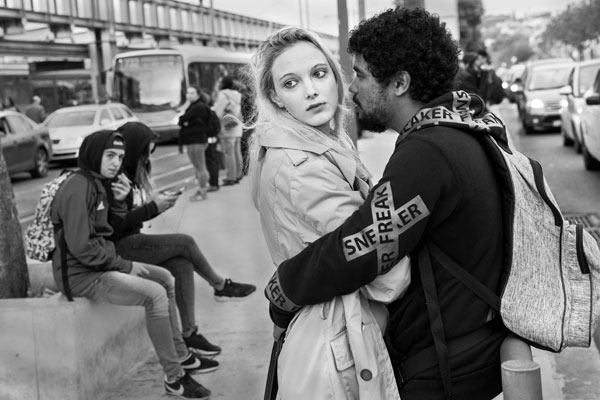Framing Streets for Dummies
Framing Streets for Dummies
Blog Article
Framing Streets for Beginners
Table of ContentsAbout Framing StreetsA Biased View of Framing StreetsUnknown Facts About Framing StreetsFraming Streets - The FactsThe 10-Second Trick For Framing StreetsFraming Streets Can Be Fun For Anyone
Digital photography category "Crufts Pet Show 1968" by Tony Ray-Jones Street digital photography (additionally occasionally called honest digital photography) is digital photography carried out for art or query that features unmediated opportunity encounters and random occurrences within public locations, typically with the goal of capturing pictures at a decisive or poignant minute by mindful framework and timing. 
, who was inspired to carry out a similar documents of New York City. As the city established, Atget assisted to promote Parisian streets as a deserving subject for digital photography.

Facts About Framing Streets Uncovered
additional info Andre Kertesz.'s commonly admired Images la Sauvette (1952) (the English-language edition was labelled The Crucial Moment) promoted the idea of taking a picture at what he called the "crucial minute"; "when form and content, vision and make-up combined right into a transcendent whole" - Lightroom presets.
Some Known Facts About Framing Streets.
The recording machine was 'a covert camera', a 35 mm Contax hidden under his coat, that was 'strapped to the chest and linked to a lengthy cable strung down the appropriate sleeve'. His job had little contemporary effect as due to Evans' sensitivities about the originality of his project and the privacy of his topics, it was not released up until 1966, in the publication Several Are Called, with an intro written by James Agee in 1940.
Helen Levitt, then a teacher of kids, connected with Evans in 193839. She recorded the temporal chalk drawings - vivian maier that belonged to kids's street culture in New York at the time, along with the youngsters who made them. In July 1939, Mo, MA's new photography area consisted of Levitt's operate in its inaugural exhibitRobert Frank's 1958 book,, was significant; raw and frequently indistinct, Frank's photos examined conventional photography of the moment, "tested all the official regulations set by Henri Cartier-Bresson and Walker Evans" and "contradicted the wholesome pictorialism and wholehearted photojournalism of American magazines like LIFE and Time".
Report this page